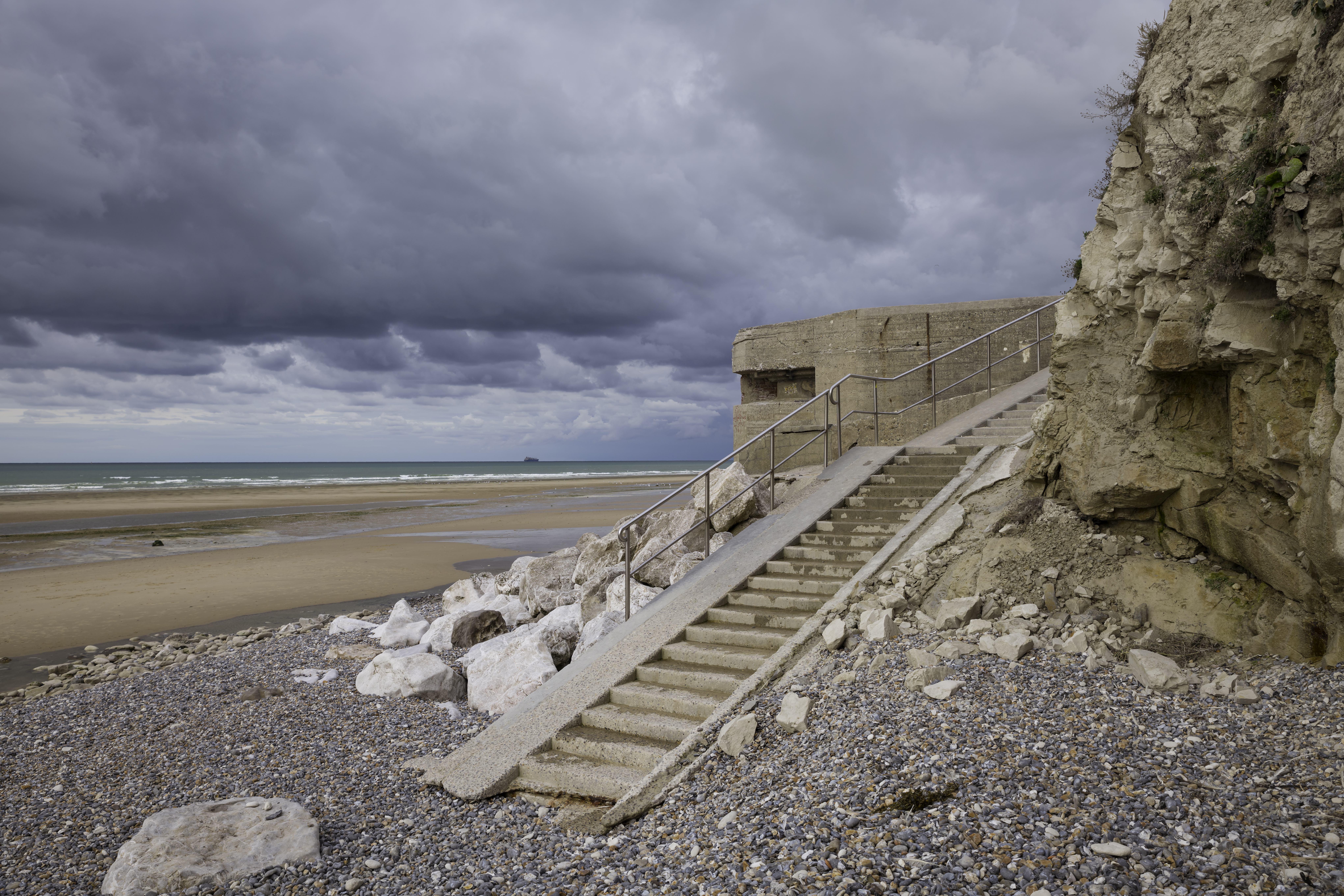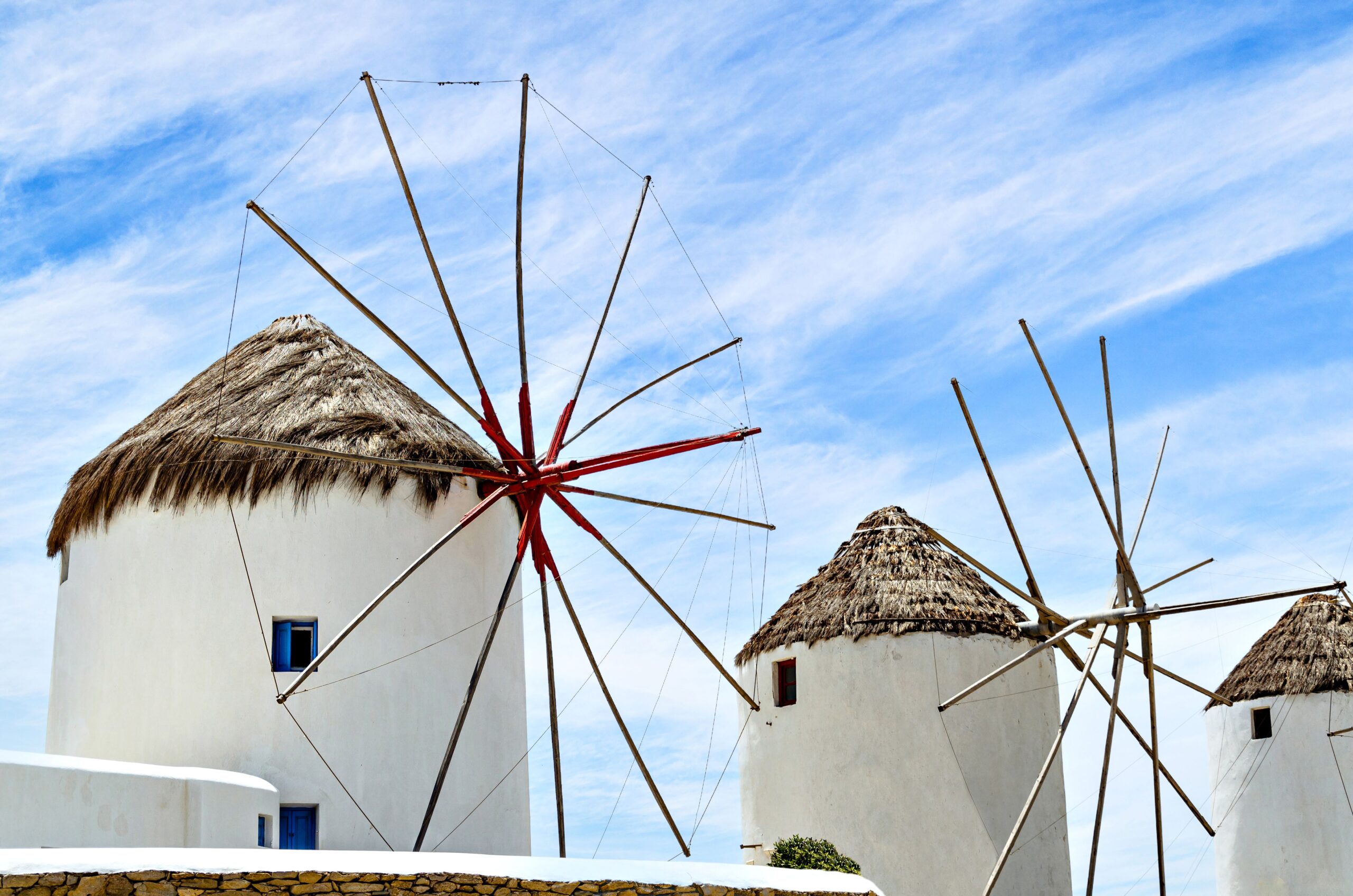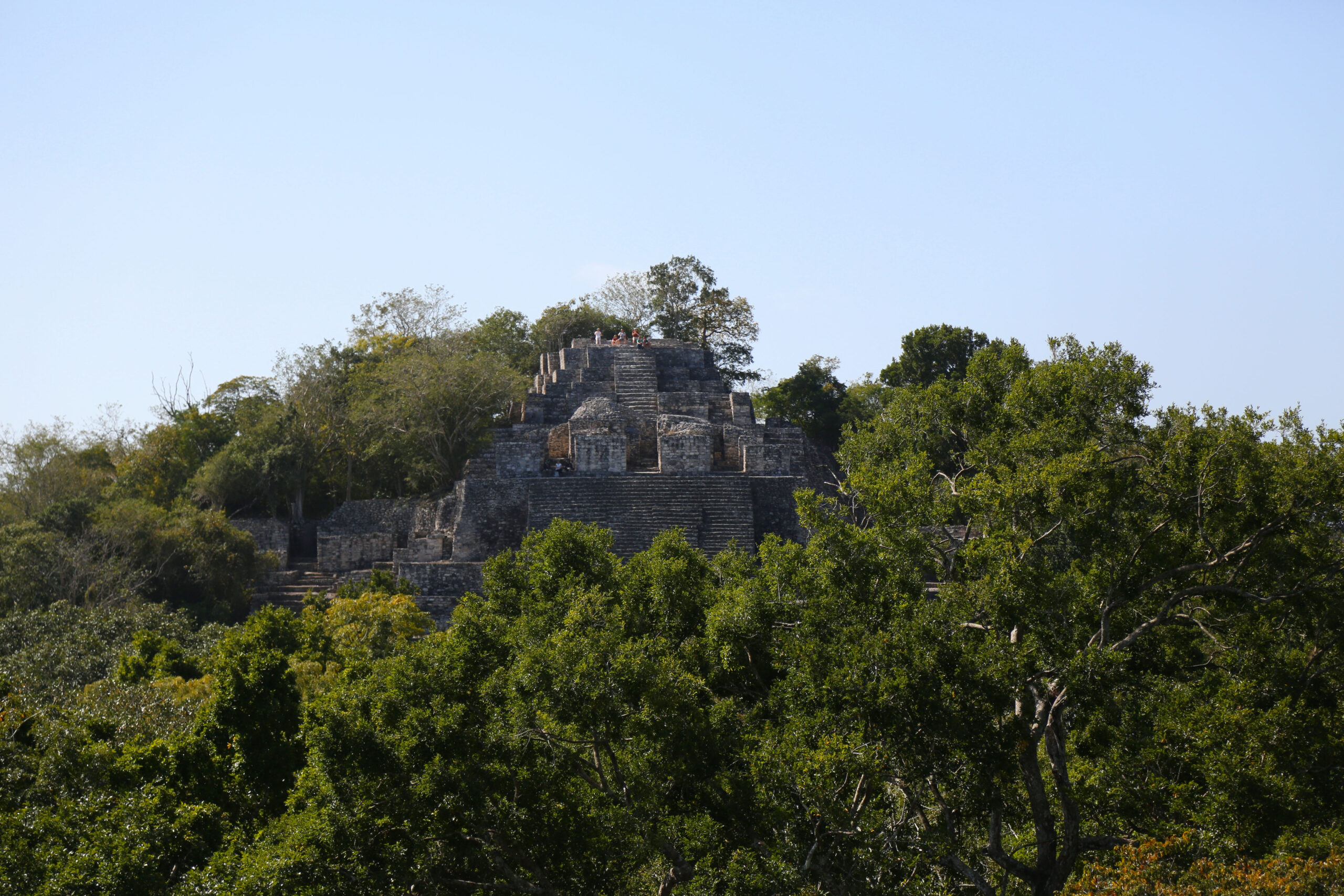Historical Battlefields
-
 Posted On Historical Battlefields
Posted On Historical BattlefieldsD-Day: The Origins of Omaha Beach


On June 6, 1944, the Allied forces launched one of the most significant military operations in history: D-Day. This monumental event marked the beginning of…



